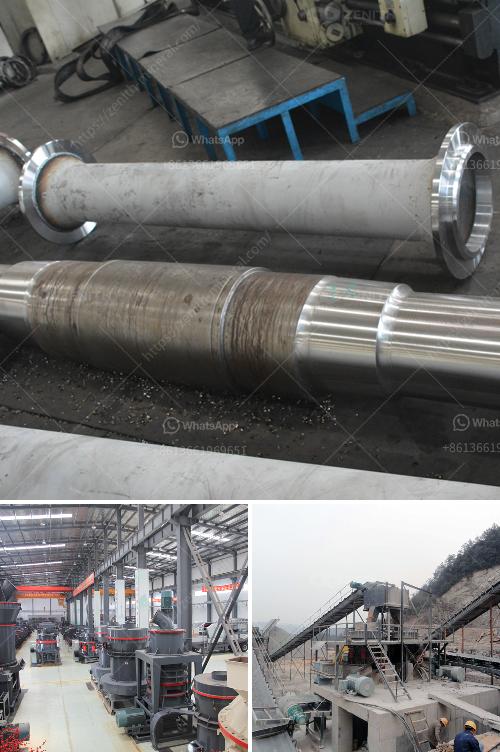A hammer used in a crusher, often referred to as a hammer crusher or hammer mill, is a critical component in the crushing process. The primary function of the hammer in this context is to break down large chunks of material into smaller, more manageable pieces. This is achieved through a combination of impact, shear, and attrition forces. Here’s a detailed explanation of the role and characteristics of a hammer in a crusher:
Impact Force: The hammer strikes the material with significant force, causing it to shatter upon impact. This is the primary mechanism by which the material is broken down.
Shear Force: As the hammer moves, it also exerts a shearing force on the material, which helps in cutting and breaking it apart.
Attrition: The repeated striking and rubbing of the material against the hammer and the crusher walls lead to further reduction in size through attrition.
Shape and Size: Hammers in crushers are typically designed with a specific shape and size to maximize the efficiency of the crushing process. They can be rectangular, circular, or have other shapes depending on the design of the crusher.
Material: The material of the hammer is crucial for its durability and effectiveness. Common materials include high manganese steel, high chromium cast iron, and other alloy steels. These materials are chosen for their hardness, toughness, and resistance to wear and impact.
Weight: The weight of the hammer is also an important factor. Heavier hammers can deliver more powerful blows, but they also require more energy to move. The balance between weight and energy efficiency is a key consideration in hammer design.
Mining and Quarrying: Hammers are used in crushers to break down rocks and ores into smaller pieces for further processing.
Construction: In the construction industry, hammers in crushers are used to crush concrete, bricks, and other building materials.
Recycling: Crushers with hammers are also used in recycling operations to break down materials like metal, plastic, and glass for reuse.
Wear and Tear: Hammers in crushers are subject to significant wear and tear due to the harsh conditions they operate in. Regular inspection and maintenance are necessary to ensure they remain effective.
Replacement: Over time, hammers will need to be replaced. The frequency of replacement depends on the material being crushed and the operating conditions. Using high-quality materials for hammers can extend their lifespan and reduce the frequency of replacements.
In summary, the hammer in a crusher plays a vital role in the crushing process by delivering powerful impacts to break down materials. Its design, material, and maintenance are critical factors that influence the efficiency and effectiveness of the crusher. Understanding these aspects can help in selecting the right hammer for specific applications and ensuring optimal performance of the crushing equipment.
